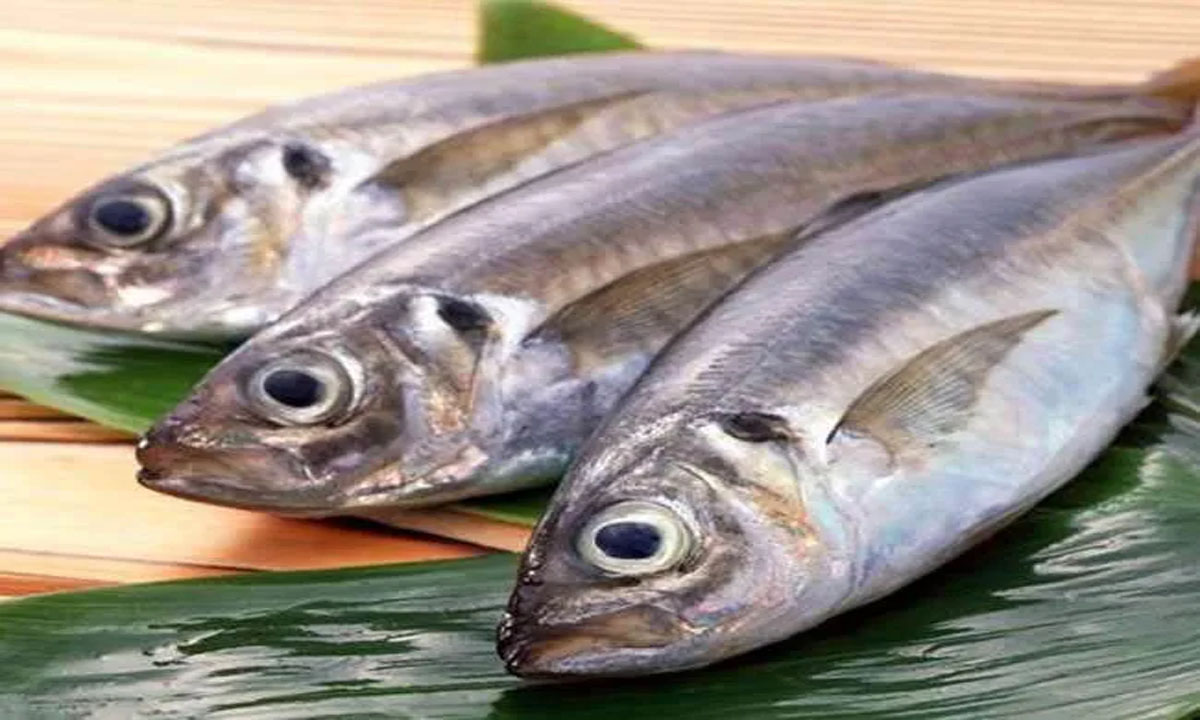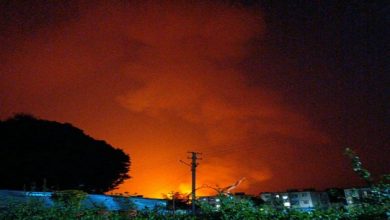What needs to be done to increase fish production in Meghalaya?

Meghalaya: Fish has been in the news in Meghalaya in the last few months. In June, the Meghalaya government ordered a ban on the sale of fish from outside the state after samples showed the presence of formalin, a chemical used to prevent fish from spoiling and extend the storage life. There are serious health and safety concerns about the chemical, with the WHO (World Health Organization)’s International Agency for Research on Cancer (IARC) describing formaldehyde (a component of formalin) as a carcinogen. In fact, the Food Safety and Standards Regulations 2011 strictly prohibit the use of formaldehyde in food.
But with local production highly inadequate, there is no option but to import fish from states like Andhra Pradesh, West Bengal and Assam. This makes the use of formalin almost unavoidable. Therefore, unless local production catches up with the increasing demand, it is very likely that similar issues will arise in the future. Local production is unable to meet the demand, this was recently admitted by Director of Fisheries, AL Mawlong, during the 7th edition of the State Aqua Fest.
There he informed that, against the requirement of 32,000 MT, the current production is just 19,000 MT. According to data given in the Meghalaya State Aquaculture Mission 2.0 document published by the Fisheries Department of the Government of Meghalaya, this has increased from 2010–2011, when it was only 4,558 metric tonnes. So there has been some improvement in the last few years. However, based on the trend, it will take a long time for the state to achieve self-sufficiency in fish production.
The eight-year period for which data was shared in the document plus five more years added to it, i.e., 2018-2019 to 2022-2023 (assuming that the data reported by the Director is for the 2022-2023 period) , local production increased by 14000 metric tons. At the same rate, it will take more than ten years for local production to catch up with current demand. But by then the demand would have also increased. Therefore achieving self-sufficiency appears to be a futile endeavor unless production increases by a factor greater than the rate of increase in demand. The question is whether this is possible.
Under the Meghalaya State Aquaculture Mission, increasing fish production is based on two main activities, namely creating ponds by supporting infrastructure like hatcheries, fish feed mills, modern sanitary markets, retail (mobile/kiosks), transportation, aquatic laboratories, diagnostics etc. equipment and kits, and to encourage adoption of paddy-cum-fishery. The construction of aqua parks and the introduction of ornamental fisheries are also part of the mission, but these are geared more towards aqua tourism rather than specifically for consumption.
According to the mission document, during the period 2018-2019 and 2022-2023, an additional total area of 1500 hectares will be brought under fish production with a total expenditure of about Rs 17 crore. Then there are community ponds, 50 of which will be constructed in the same period, with a total budget allocation of more than Rs 5 crore. The total cost of the supporting infrastructure (described above) will be more than Rs. 40 crores. Besides, bringing 340 hectares of land under paddy-cum-pisciculture will require an additional financial implication of Rs 7.1 crore. Finally, the total budget for capacity building and human resource development is more than Rs 12 crore.
The costs under the components of convergence, combined with administrative costs and funds sanctioned under the Centrally Sponsored Scheme, amount to a total mission cost of over Rs 370 crore. How much money has actually been spent and whether the projected deliverables have been achieved is not available from the mission document.
But considering that the total fish production in 2017-2018 was around 12,000 metric tonnes, this means that more than Rs 370 crore would have been spent to increase production by 7,000 metric tonnes. Therefore, to meet the existing demand, additional Rs 740 crore will be required during the next phase. But given that demand will also have increased, an estimated figure of more than Rs 1000 crore would realistically be required to ensure supply matches the demand. Meghalaya State Aquaculture Mission 2.0 is scheduled to end by 2023. As far as I remember, I have not heard about the announcement of Phase 3. If this is done in the future, it would be interesting to check whether sufficient funds would be allocated for the mission.
















